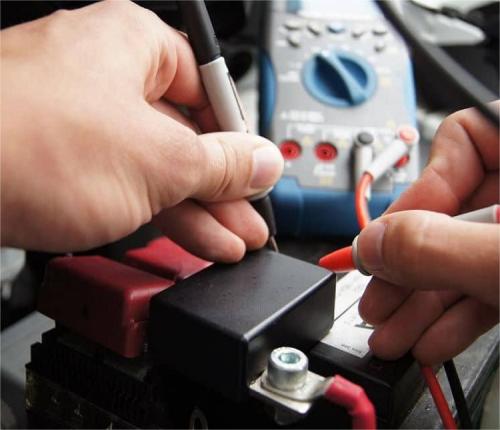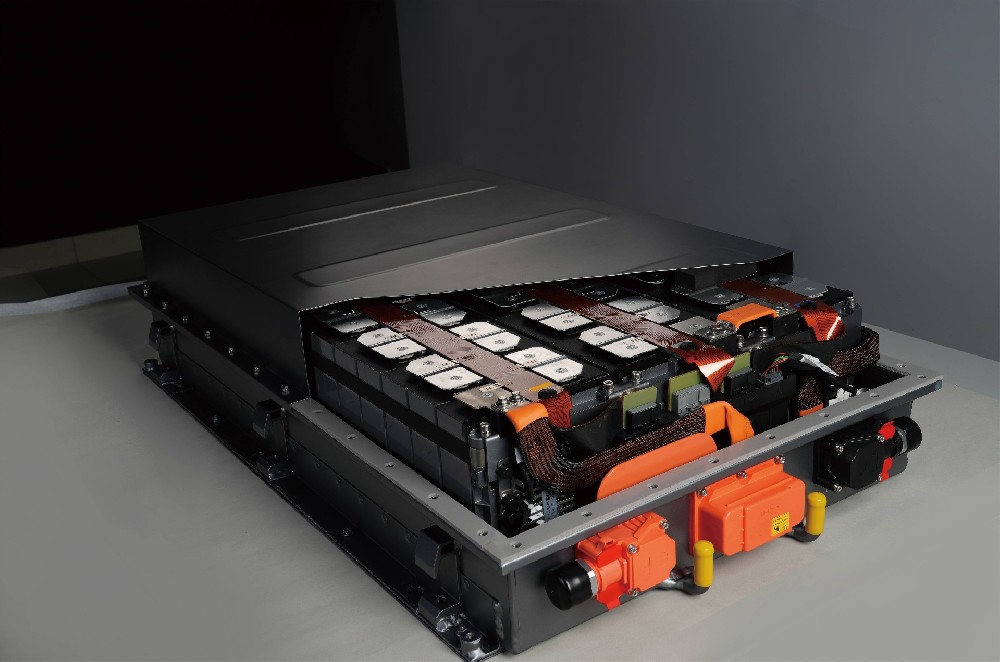Lithium-Ion Battery Care Guide
In the production process of battery modules, the cell stacking table plays a vital role, especially in the automated production line, where its role is particularly prominent. Below, let's briefly talk about the importance of the cell stacking table in battery production and its contribution to improving production efficiency and battery performance.
I. The basic concept of cell stacking
Cell stacking, as the name implies, is to stack multiple cells together in a specific order and manner to form part of a battery module. Each cell is usually composed of a positive electrode, a negative electrode and a separator, and the stacking method of these cells is directly related to the overall performance of the module, including the energy density, safety and stability of the battery.
II. Advantages of stacking tables in automated production lines
1. Improve production efficiency
On automated production lines, one of the biggest advantages of stacking tables is that it greatly improves production efficiency. Traditional manual stacking is not only time-consuming and prone to errors, but automated stacking tables can quickly and efficiently complete the stacking of cells through precise mechanical control and automated processes. This means that automated stacking tables can significantly increase production speed, reduce the time of each production cycle, and reduce production costs.
2. Higher precision, reducing human errors
The accuracy of cell stacking is crucial to battery performance. If the cell stacking is inaccurate, it will lead to poor internal connection of the battery module and may even affect the safety of the battery. The automated stacking station can be controlled by precise sensors and robotic arms, and the position and angle of each stacking can be accurately grasped, avoiding the deviation that may occur during manual stacking.
3. Improve product consistency
In mass production, product consistency is the key to ensuring battery quality. Using a stacking station can ensure that each battery module is stacked in the same way, thereby ensuring the consistency of each module in performance and appearance. This is especially important for high-demand battery applications (such as electric vehicles, power storage, etc.).
III. The role of the cell stacking station
1. Stability and safety of battery modules
Cell stacking is not only the structural composition of the battery module, but also directly affects the stability and safety of the battery. During the stacking process, improper arrangement of the cells may cause internal short circuits, heating or damage. The automated stacking station reduces the probability of these problems and improves the safety of the battery module by accurately controlling the stacking method and strength.
2. Optimize battery energy density
Through a reasonable stacking method, the battery module can effectively utilize space and maximize the energy density of the battery. This means that at the same volume and weight, the battery can provide longer use time and stronger power support, which is essential for many high-power demand application scenarios.
3. Cooperation between the stacking table and other production links
The battery stacking table does not exist in isolation, it is part of the entire battery module production line. The stacking table needs to work closely with other automated equipment (such as battery laser welding machines, sealing equipment, etc.) to form a complete production process. Only when all links cooperate efficiently can the high quality and high efficiency of battery production be ensured.
Conclusion
As a vital link in the battery module production line, the battery stacking table not only improves production efficiency and reduces human errors, but also ensures the performance and safety of the battery. With the continuous development of automation technology, the stacking table will play an increasingly important role in future battery production, driving the battery industry towards a more efficient and safer direction.






